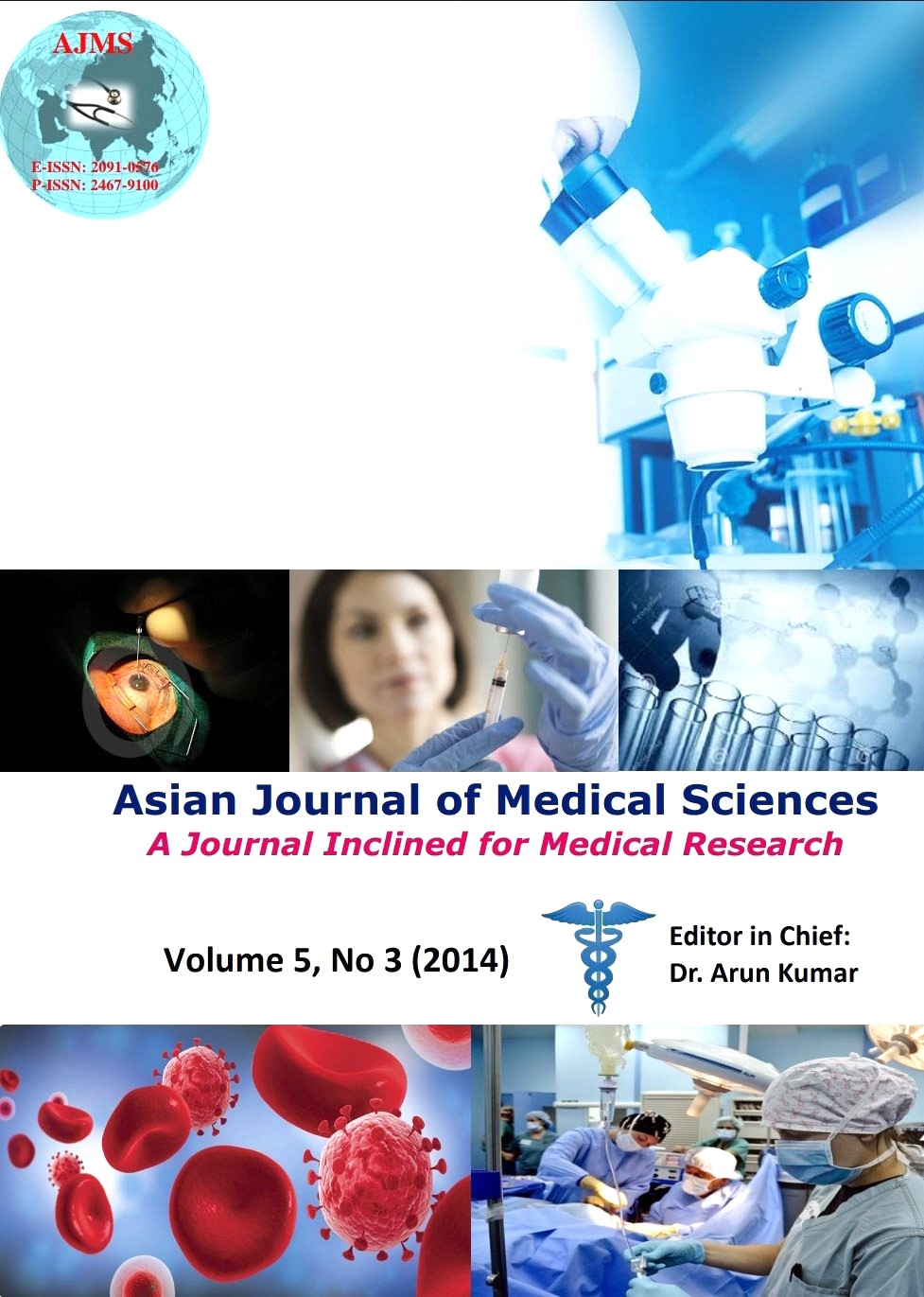Antimycobacterial activity of certain mangrove plants against multi-drug resistant Mycobacterium tuberculosis
Keywords:
Antimycobacterial activity, Mangrove plants, MDR tuberculosis and LRP assayAbstract
Objectives: The present study was conducted aiming to identify a potent mangrove plant against Mycobacterium tuberculosis using rapid method, luciferase reporter phage (LRP) assay.
Methods: Seven mangrove plants viz., Ceriops decandra, Aegiceras corniculatum, Excoecaria agollacha,Avicennia officinalis, Rhizophora mucronata, Suaeda monoica and Sesuvium portulacastrum were collected from Pichavaram mangrove forest in the east coast of, Tamil Nadu. Hexane and methanol extracts were obtained and antimycobacterial activity was done by LRP assay at the concentration of 500 μg/ml. Mycobacterial strains viz. reference strain M. tuberculosis H37Rv and two clinical isolates of M. tuberculosis, one sensitive and the other resistant to Streptomycin, Isoniazid, Rifampicin and Ethambutol used for this study.
Results: Methanol extract of E. agollacha showed maximum antimycobacterial activity followed by A. corniculatum and A. officinalis at 500 μg/ml concentration. The remaining four plants (Suaeda monoica, Sesuvium portulacastrum, R. mucronata and C. decandra) showed less or no activity. However, hexane extracts of all the tested plants failed to inhibit the mycobacterial strains.
Conclusions: Among the seven plants tested, E. agollacha was found to have better anti-TB activity. Further studies based on bioassay guided fractionation and phytochemical analysis may useful to identify the potent antimycobacterial molecule(s) from this mangrove plant.
Asian Journal of Medical Science, Volume-5(3) 2014: 54-57
http://dx.doi.org/10.3126/ajms.v5i3.9171
Downloads
Downloads
Additional Files
Published
How to Cite
Issue
Section
License
Authors who publish with this journal agree to the following terms:
- The journal holds copyright and publishes the work under a Creative Commons CC-BY-NC license that permits use, distribution and reprduction in any medium, provided the original work is properly cited and is not used for commercial purposes. The journal should be recognised as the original publisher of this work.
- Authors are able to enter into separate, additional contractual arrangements for the non-exclusive distribution of the journal's published version of the work (e.g., post it to an institutional repository or publish it in a book), with an acknowledgement of its initial publication in this journal.
- Authors are permitted and encouraged to post their work online (e.g., in institutional repositories or on their website) prior to and during the submission process, as it can lead to productive exchanges, as well as earlier and greater citation of published work (See The Effect of Open Access).




